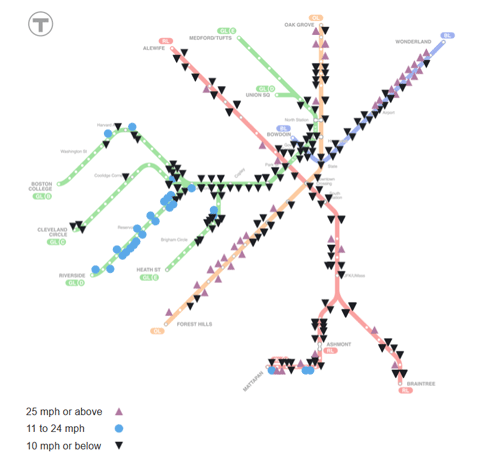For this particular argument, we have lovely amounts of *
data,* thanks to the FTA's NTD (National Transit Database) and the DOL's (Dept. of Labor) OSHA / Census reporting requirements feeding into BLS (Bureau of Labor Statistics), so lets dive into it a bit. Nationally, between 2013 and November 2022, the last point that
BLS or the
NTD has formally released data for, a total of 94 urban transit workers, across all modes of bus, rail, commuter rail, etc. were fatally injured.
Assuming that the percentage distribution has not changed much 2003-2010 from the
last published analysis in 2015, (since I don't feel like processing x years worth of BLS census data) we see that the vast majority of these fatalities are caused by transportation accidents, aka crashes. Additionally, from the ratio of reported injuries, a slight majority of all transit worker lost time incidents occurred in bus modes, simply due to the number of transit systems that are bus-only operations. Notably, the second most prominent cause of fatal injuries is violent acts - while contacts with objects or equipment would capture incidents where an employee was struck by a vehicle or touched a live third rail during maintenance, only accounted for 7% of all fatalities. On a national basis therefore, in the preceding 10 years, likely only 6-7 fatalities could be thusly attributed. Granted, those struck by a vehicle may be captured under transportation accidents as well, as the data is somewhat unclear on classification - but lets get more granular than what BLS publishes.
As a component of USDOT, the FTA tracks worker and passenger injuries, fatal and otherwise, in far greater detail. Looking at the 2020 NTD, there were 9 fatalities nationwide at FTA reporting agencies. Unfortunately, 2 of the 9 were MBTA bus operators, struck by other MBTA buses at Quincy sta. and Charleston Yard, while the rail operator was the sole casualty of the 2020 NYC subway arson incident. Of the non-operator deaths, there were only 4 - these are the only candidates for having suffered fatal injuries as a result of other causes, such as falls or contact with equipment, but the dataset doesn't break it down further.

Specifically only looking at the MBTA and MTA NYC Transit, here's a complete readout from the NTD's safety time series dataset for the past 4 years or so, from 2019 through Nov 2022, the last available data point. This captures everything, including passengers, but I've highlighted employee fatalities and injuries. As you can see, all 4 of the fatalities across both agencies in that period were in 2020, and 3 were previously explained: 2 MBTA bus operators struck by buses, 1 MTA worker the victim of arson. The last
was a electrocution fatality: a car cleaner contacted the collection shoe on a train in a yard. However, note that such employee fatalities, even singularly, that are not easily explained by transportation accidents, falls or criminal action, may be subject to investigation by the NTSB regardless of whether they were an employee of a public transit agency or private freight railroad.
A NTSB investigation of the NYCT incident was conducted, a report written and issued. Even if they don't necessarily investigate each case, patterns would definitely be subject to heightened scrutiny.
Generally, I would expect that the likelihood of being investigated to be higher at passenger carrying transit agencies than in industry - and a brief look at the
NTSB's Railroad Investigations section shows recent investigations of track worker fatalities at SEPTA, NYCT, PATH, BART, Amtrak, etc.


